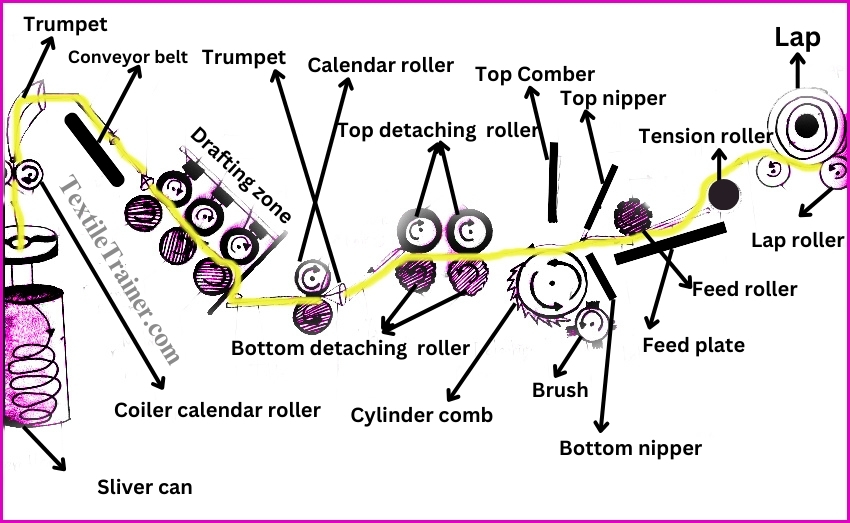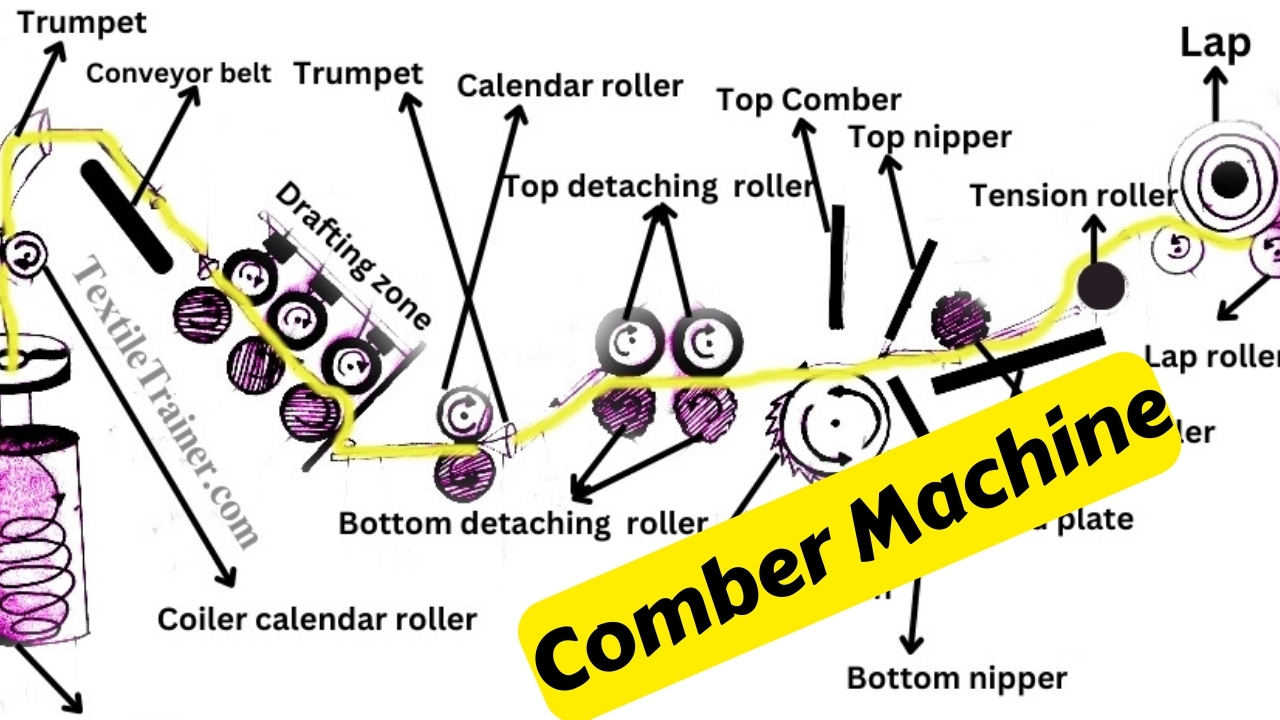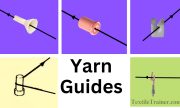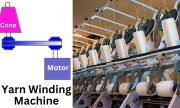Experiment Name:
Lab Report: Study on material passage diagram of comber machine/ study on working principle of cotton combing machine.
Introduction:
In spinning yarn, combing machines use combs to straighten fibers and remove foreign matter, neps, and short fibers during the spinning process. With a combing machine, yarn can be produced with a higher count (stronger, more even, more compact, finer, smoother). In combing machines, short fibers below a predetermined length are removed to produce finer yarn. This machine produces finer yarn. It improves fiber parallelization and straightens the fibers and reducing length variation in cotton mixing for ensure better quality yarn.
Objectives:
- To know about comber machine.
- Come to learn types and task of comber machine.
- To know material passage diagram of comber machine.
Types of Comber Machine:
Following types of comber machines are available. They are:
- Rectilinear combers (With stationary or oscillating nippers for cotton)
- Circular Combers ( English worsted process)
- Rotary Combers ( Production of spun yarns)
- Hackling Machines ( Bast fibers)
Task of Comber Machine:
- Fibres that are too short are removed.
- Produce uniform slivers of required weight and length.
- Parallelization and straightening.
- Removal of impurities and dust.
- Neps disentanglement.
Diagram of Comber Machine:

Main Parts of Comber Machine:
| Lap supporting roller | Coiler |
| Tension roller | Coiler calendar roller |
| Feed Plate | Conveyor belt |
| Feed roller (fluted ) | Cylinder comb brush |
| Top nipper | Cylinder comb/ Half circular comb (Bottom comb ) |
| Bottom nipper | Detaching roller |
| Top comb | Drafting System (1.Top Rollers 2. Bottom Rollers 3.Arm Pressure 4.Clearer Cloth) |
| Calendar roller | Table and guide |
| Can | Trumpet/ condenser |
Working Principle of Comber Machine:
- At first, mini lap is feed along with the path of lap supporting roller ,feed plate and feed roller.
- Then the material is passed from combing cycle where basic work of comber is done and these are
- Lap nipping by the top and bottom nipper.
- Combing cylinder
- Nipper opening and forwarding
- Detaching rollers backward movement
- Piecing of web
- Combing by top comb
- Detaching rollers forward movement
- Preparation for next combing cycle
- Waste extraction by cylinder comb
- Then it is passes through the condenser and calendar rollers.
- Then it enters into the drafting zone. There are 3 over 3 drafting system.
- After that, the drafted material is passed by the help of conveyor belt into trumpet.
- Finally, it is deposited into can by passing through, coiler calendar rollers and coiler head.
Conclusion:
For a higher count of yarn, the combing machine is a must-have for obtaining smoother, finer, stronger, and more uniform yarn. The experiment was about the combing machine and its passage diagram. The combing machine is very popular in spinning mills for achieving smoother, finer, stronger and more uniform yarn.
You May Read:
- Dynamic Layout Plan of Spinning Lab.
- Bale Breaker Material Passage Diagram: Easy Description.
- Step Cleaner Machine: Simple Working Principle.
- Hopper Feeder Machine in Blow Room with Simple Working Principle.
- Porcupine Opener Machine in Blow Room: Simple Working Principle.
- Scutcher Machine in Blow Room: Feed to Carding Effective Way.
- Material Passage Diagram of Carding Machine with Easy Description.
- Material Passage Diagram of Lap Former Machine.







Thanks a lot for the blog post. Want more.